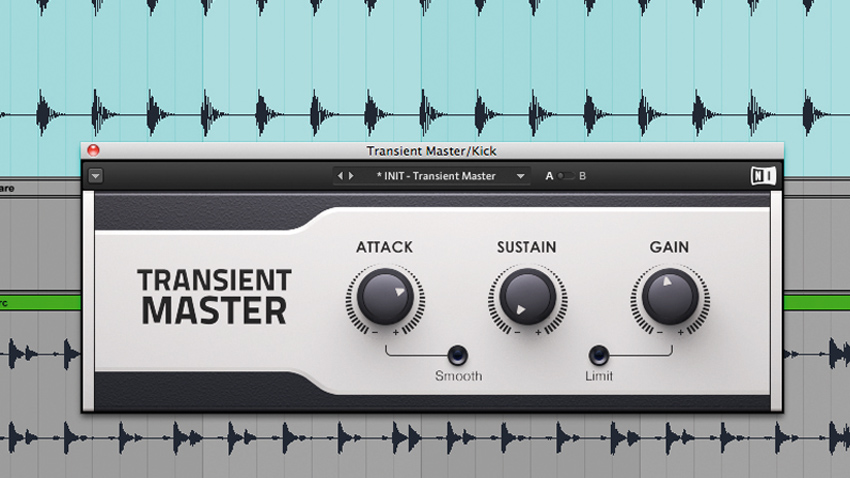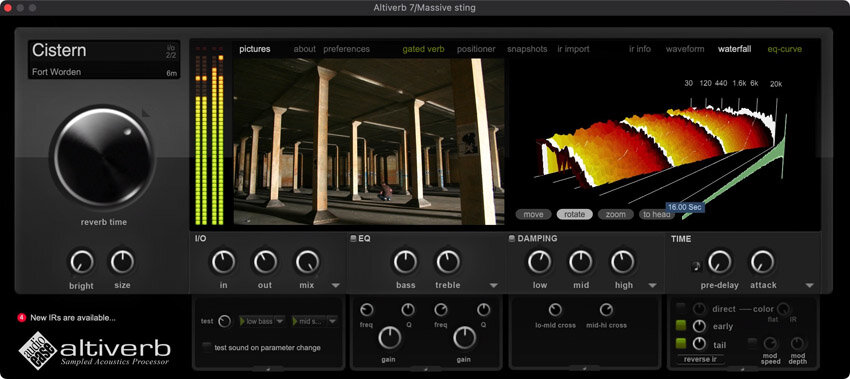5 Processing Tricks for Creating Original Sounding Trap Snares
The sound of trap is very much reliant upon Roland’s iconic TR808 drum machine. Its snappy-sounding drums cut through the mix like glass, providing the perfect contrast to the deep lows of the 808 bass. But while the iconic 808 snare is synonymous with this genre it doesn’t have to always be presented in its original form.
Ready to explore further? Here are 5 creative processing tricks to help you add unique character and flair to your trap snares, giving your beats a distinct edge.
1: Parallel Bit-Crunched Reverb Tail
First add a short reverb of around 500 milliseconds to your trap snare. Make the reverb 100% wet so there’s no original signal. Now print this 100% wet reverb tail to audio. Now take this reverb recording and time stretch it so that it is approximately 2 to 4 times the length. It should now have a slightly metallic sound due to the artefacts from the time-stretching. Further colour the stretched tail by adding a bit crusher and adding some anti-aliasing effects. If the tail is too long simply add an envelope to control the shape of the tail. Experiment with the mix of the original snare and processed reverb tail until it sits well with the rest of the beat.

2: Granular Grain
Run the snare through a granular synthesizer. Adjust the grain size and spread to create a glitchy, textured version of the snare. Blend this glitched-out version with the original for a hybrid sound. For a more subtle effect take the grainy granular snare channel and add a reverb. Set the reverb so that it’s a 100% wet signal. This will allow the character of the processed grainy snare layer through but in a more subtle washed-out way. Adjust the reverb length and settings so it sits with the rest of the drums.

3: Transient Shaping
Transient shapers are fantastic tools that allow you to shape the attack and sustain of a snare. For a punchy, aggressive sound, boost the attack. This creates a similar snappy effect to compression. By extending the snare’s release and sustain, the transient shaper will generate interesting artificial tails that can sound characterful.

4: Dynamic Filtering
Use an auto-filter or LFO-controlled filter to add movement to the snare sound. For a more subtle and controlled effect create a duplicate track to process while keeping the original snare untouched. With the duplicate track add a short reverb and a dynamic filter. You can set it to modulate the cutoff frequency randomly, making each hit slightly different while still maintaining consistency through the unprocessed snare.
5: Experiment with Unusual Impulse Responses.
Convolution reverbs are ingenious devices that use real-world spaces to replicate the reverbs heard. They use sampled audio called impulse responses (IR’s) to help generate the reverb. The responses are created by letting off a short loud noise such as a starting pistol. You can even create your own custom IR’s. Look for responses generated in unusual spaces. You can even render two different tails with the same length tails and hard pan them left and right to create a denser and wider-sounding tail.

Remember – RouteNote Create subscriptions start from as little as $2.99. You also get 10 FREE credits to spend on samples along with access to our FREE sample pack bundle when you sign-up!
